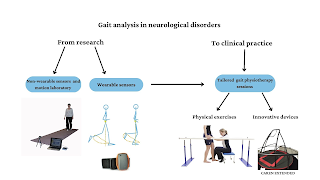Cerebral Palsy (CP )
Define CP .
Neuromuscular disorders caused by a progressive lesion to immature developing brain (before age of two years).
Although neurological injury is non-progressive ,musculoskeletal features evolve.
Child with CP
Types
1.Anatomical -- Hemiplegia (40 % ) , Diplegia (30 % ) , Total Body Involvement (30 %)
2.Physiological-- Spastic ( 60 %), Dystonic ( 20 %), Ataxic ( 10 %) ,Hypotonic (10%)
3. Functional - Calssified according to GMFCS.
Define Spasticity.
Velocity dependent increased tone of muscles. It represents as increased response to stretch reflex.
Management of Spasticity
It requires multidisciplinary approaches. Family and patient are involved in goal planning.
Decisions about treatment.
Exploring expectations.
Non operative
Physiotherapy
Botulinum Toxin - Clostridium Botulinum toxin prevents release of acetylcholine at NMJ effective for 3-6 months. Combined with plasters and orthotic suppport and targeted physiotherapy to maintain stretch.
Baclofen ( Pumps/Injections) - GABA agonists (inhibitory neurotransmitters )
- acts centrally and peripherally to decrease spasticity.
- Intrathecal injections- can increase dose to reduce systemic side effects.
Operative
Single Event Multilevel Surgery (SELMS)- Avoid Birthday syndrome
Soft tissue lengthening of tight muscles
Muscle transfer
Osteotomy
Gait Analysis
Systemic description ,assessment, and measurement of quantities that characterize human locomotion.
Involves kinematics (movement of individual part of body ) and kinetics (forces how they interact to produce those movements ) as well as EMG and energy consumption.
2D Video, 3D Computer Analysis can be used for the better analysis
Breaks movement of individual part into graphic form.
Uses force plate to measure ground reaction force and EMG looks at muscle firing patterns.
Gait analysis looked at in conjunction with a static detailed physical examination.
https://auptimo.com/an-introduction-to-gait-analysis/





Comments
Post a Comment